by Asjad Nazir
HOW BOBBY MIXED HIS WAY TOWARDS MUSICAL SUCCESS
DJ and radio host Bobby Friction immersed himself in an ocean of music at an early age. Ever since then the award-winning broadcaster has been happily swimming in the endless waves generated by an eclectic array of songs, which range from undiscovered treasures to tsunami-like hits. While entertaining audiences with his endless well of musical hits both on the radio and live, he has also helped discover talent and championed new music looking for an outlet.
That passion for music has only increased over the years and this month he will be performing live at the Night Of Festivals in Leicester, which also includes world-class musicians and singers. Eastern Eye caught up with the UK musical ambassador to talk about his amazing journey, otherworldly connection to music, DJing, colourful outfits, joy of radio, advice he would give new artists, and more.
How do you look back on your journey and how you connected to music?
I see nothing but blessings. I spent my entire life wanting to work with and around music. I actually thought it would never happen as I come from a family where music was seen as a frivolous side thing, not a career. Every moment I spend working in music feels like a kiss from the universe, as every day feels like another day in a personal paradise. I also wanted to work in an environment where music did something good. That’s definitely happened as my radio shows and the music brings so much joy to so many people. I honestly believe that the music heals people too.
How have you kept the passion for music alive for so long?
It’s easy! When you have a belief that music is actually God, or at least a manifestation of a higher being then that passion will never go as it’s like living in a semi-religious state of bliss every day. It’s also unexplainable – kind of like being given a speciality or a power and then being told you have to live with it for the rest of your life. In my case, it’s having an empathic connection to music, which is so emotional that you know if you don’t use it for good you’ll spend the rest of your life unhappy.
How big is your music collection today and what dominates it?
Thousands upon thousands of CDs and records stored in every available space at my parents’ house and in my own place. It’s mostly every Brit-Asian artist who’s ever released anything. There is also lots and lots of Prince plus CD after CD of classic rock, Brit-pop, electronica and an infinite number of blank CDs full of demos straight from bedroom producers.
What would a Bobby Friction DJ set today be comprised of?
Mostly electronic desi music. It’s the most creative part of the desi scene at the moment, especially the new producers coming out of India. I’d also add lots of the great MCs flourishing at the moment from Pakistan, India, Canada and the USA to that group. Sadly the UK is in a fallow period right now when it comes to south Asian music and needs to find its mojo again.
What is the secret of a good DJ set?
A narrative, story and musical journey that unfurls over the space of an hour or two; one that gives the crowd a big jolt of music they’ve never heard before. Anyone can play all the hits in a set and rely on the crowd being familiar with all the tunes, but I don’t do that. That’s not a set. That’s a human jukebox.
What can we expect from you at the Night of Festivals South Asia in Leicester?
Hopefully what I’ve just described. If I don’t deliver that, I implore the people to attack me online, in print and in the streets. Every DJ needs to be kept on their toes. Complacency is a sin.
When did you first start working with Art Reach, the organisers of the festival?
My link with Art Reach began in 2005 when they commissioned me to collaborate with ViVA Orchestra and composer Peter Stacey to create Classical Friction, a new music and dance piece for Nottingham Mela and Leicester Expo.
Do you enjoy being part of summer festivals?
Honestly all festivals are enjoyable, but with summer ones you get to dress up and go wild because of the weather. There’s nothing better than dancing outside at night when it’s warm.
What has been the most memorable stage you have been on?
The most memorable was Burning Man in the Nevada desert. It was a no holds barred festival of craziness and digital innovation full of absolute nutters. I was DJing outside in the desert at 2am in the morning and had people on solar vehicles with dance floors attached to their roofs spinning and swaying to my beats, while people were making love out in the open just yards from where I was playing tunes. It was like judgment day and the end of the universe with me soundtracking it for everyone.
You have met many musical luminaries. Who have been your personal favourites?
Definitely spending half an hour alone with AR Rahman talking music was a highlight in the mid noughties. He is a bit nervous and quiet, but lives, eats and breathes music. Also hanging with Kailash Kher backstage at the NH7 festival in India was cool as he’s so talented, but also very funny. So many people I grew up with in the Asian Underground scene give me the brightest memories, to be fair. Those early days were very hedonistic and we felt we were living in the middle of a media/creative storm, which now looking back, we were of course.
If you could ask any artist living or dead a question, who would it be and what would you ask them?
I would ask Prince what the afterlife looked life and who or what God was.
Is radio your first passion and tell us about your current show?
Radio is my second passion after music. My current show is my favourite incarnation of all the shows I’ve done till now. It’s a big banner show broadcasting in primetime as opposed to late at night like the first 10 years of my radio journey. It’s just such a great time in our history doing what I do. I get to play some really leftfield and challenging music, but get to do it early in the evening. It’s because the audience has changed, become more eclectic and open than ever before. In these days of streaming music on demand they actually want and trust someone to curate the listening experience for them, which is what I do.
Who do you love listening to on the radio?
My colleagues on the Asian Network, everyone on BBC 6 Music and lots of the presenters on the local Asian commercial stations here in Britain. It’s always great to listen to those local stations as I started on one in Southall (Westside Radio) and those stations are properly operating at ground level emotionally and spiritually. They are an asset to our community and this country. There’s also a great online bunch of stations operating out of San Francisco under the banner of SOMA FM who I often end up listening to in the early hours.
You have been a big supporter of new talent. What advice would you give to new artists wanting to be playlisted on radio?
Keep sending your work into radio stations even if it doesn’t get played. The right DJs will listen to every MP3 they get as every DJ wants to find the next great superstar. Keep sending your stuff and when you hit a creative bullseye then the DJs will feel it too. Don’t flood DJs – one MP3 every couple of weeks or months is cool. When I get an email with 10 MP3s attached to it I instantly think the artist is throwing everything, but the kitchen sink at me, hoping something will stick. Not a good look for a creative person.
Which new artists should we look out for in the remainder of the year?
Raja Kumari, Rajan, Swet Shop Boys, Amrit Kaur Lohia, L Fresh The Lion, Anik Khan, Horsepowar, Prabh Deep, Waqas (Outlandish) and Ezu to name a few.
What is your greatest unfulfilled musical ambition today?
(Laughs) I should have learned to play guitar.
We need to ask you a question about your colourful style. What inspires it and is it getting more sombre as you are getting older?
An allergy to conformity, old Bollywood movies and colourful Aunty-jee wardrobes influence me. I’m not getting more sombre. I just can’t pull off the techno robotic desi bride look anymore.
What are your future hopes and predictions for British Asian artists and music over the next few years? Breaking through to the mainstream (yawn)?
More iconic bands unafraid of their heritage and futuristic sonically, just like the Swet Shop Boys.
What track, album or musician is currently inspiring you?
Swet Shop Boys’ Sufi La E.P. and Jaz Dhami’s new work. Humble The Poet’s new EP is brilliant too.
Why should we come to Leicester to see you?
Come and let me heal you with music. Come and walk on water with me.
Why do you love music?
Music is God. God is love. Love is music. This is everything that has been and everything that will ever be.
The Night of Festivals South Asia takes place in Leicester from August 15 to 19. Catch Bobby Friction on Friday (18) and Saturday (19). For more information visit www. nightoffestivals.com and Twitter: @ NofFestivals.





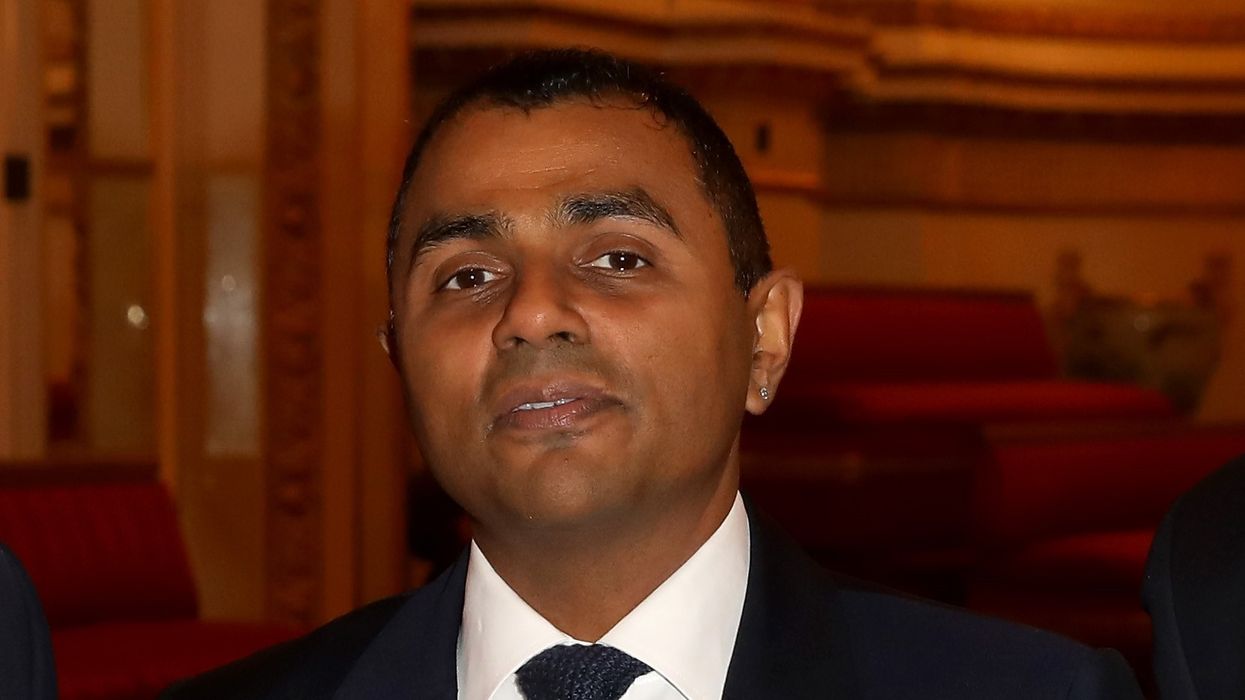
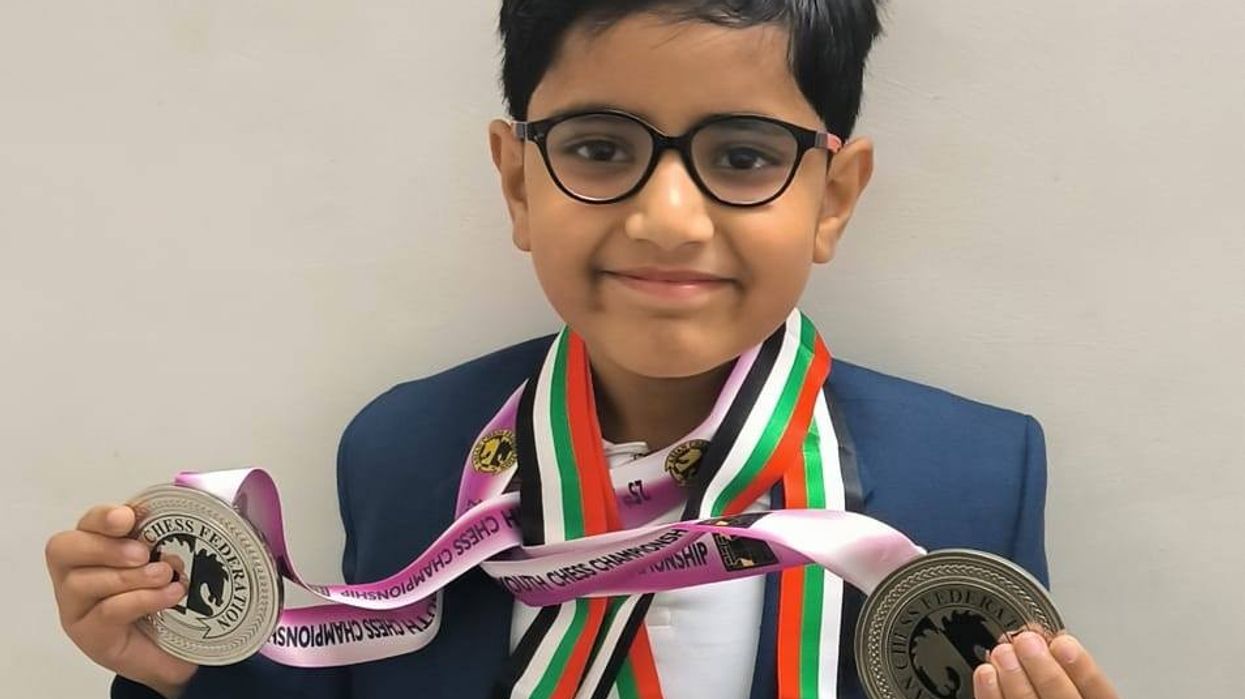

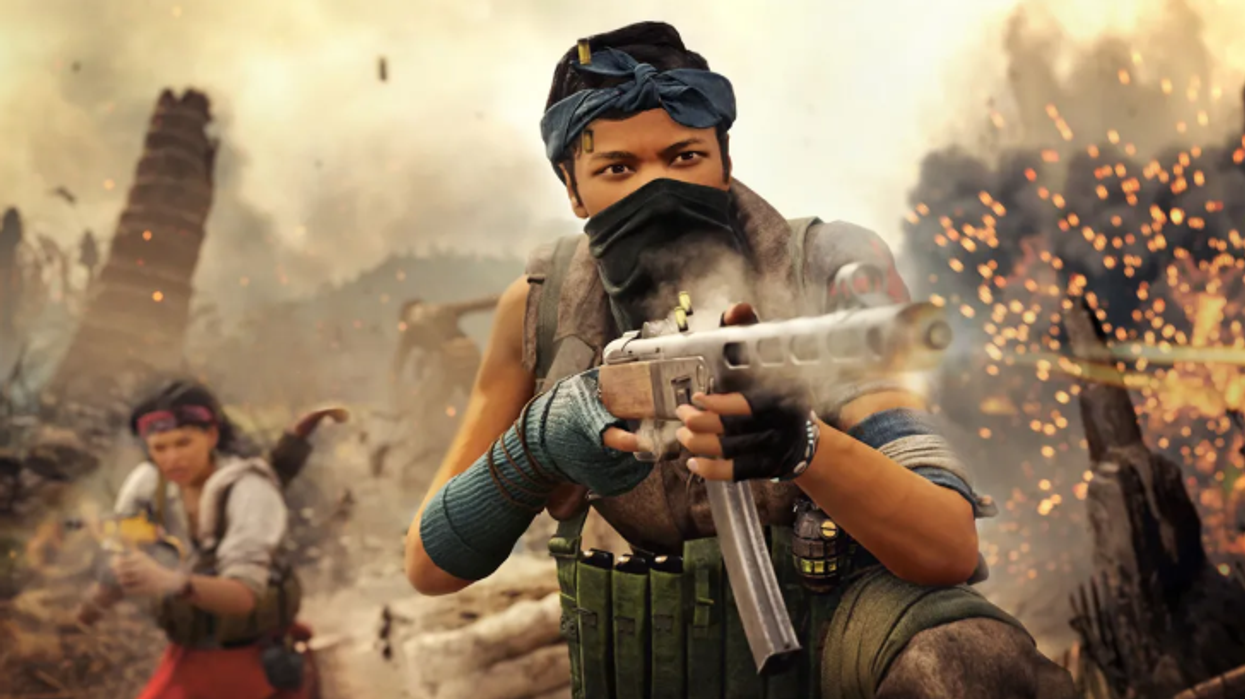



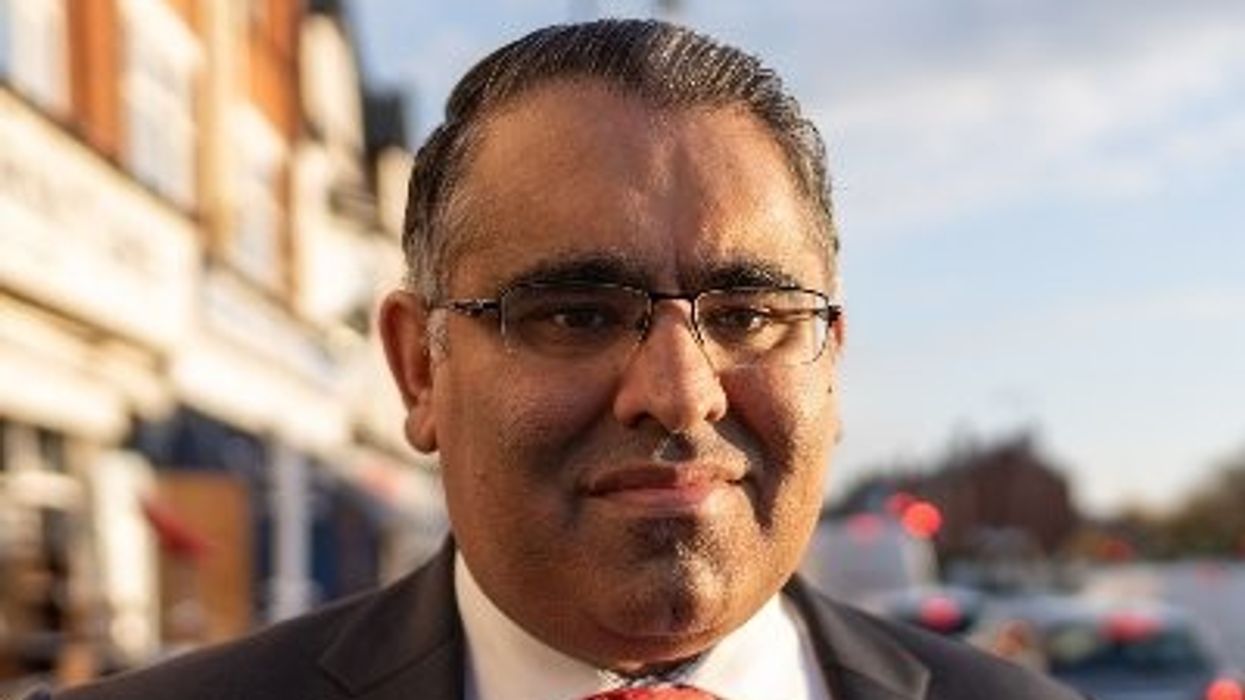
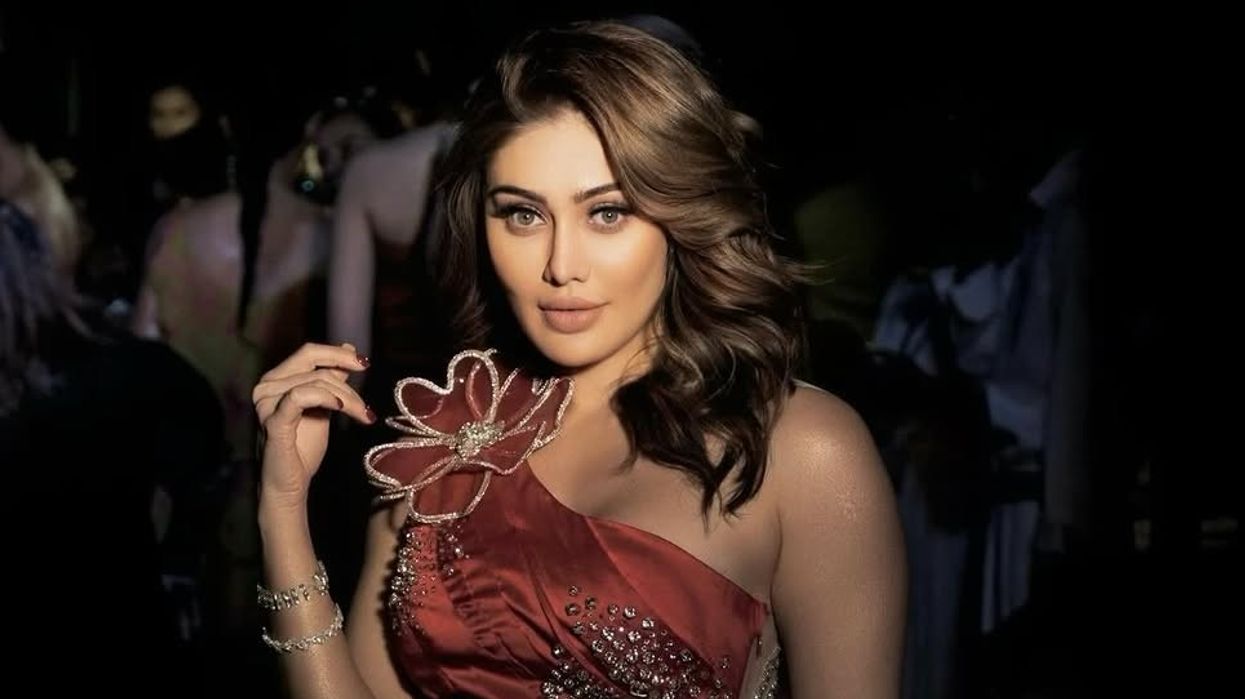
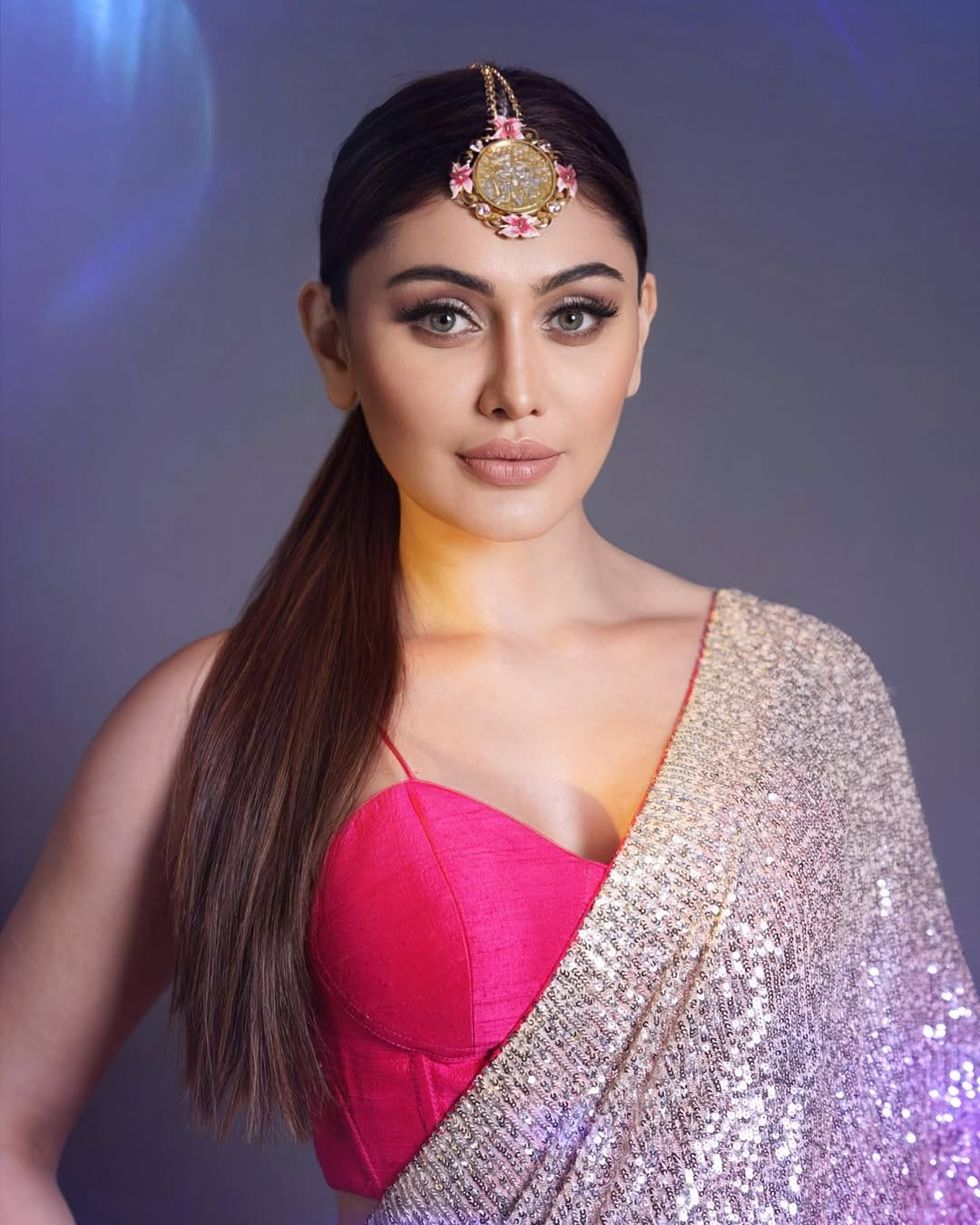 Shefali Jariwala death raises concern over anti ageing drugs and self medication Instagram/shefalijariwala
Shefali Jariwala death raises concern over anti ageing drugs and self medication Instagram/shefalijariwala  Anti ageing pills found at Shefali Jariwala home spark health safety debate Instagram/shefalijariwala
Anti ageing pills found at Shefali Jariwala home spark health safety debate Instagram/shefalijariwala 
 Prada confirms Kolhapuri chappals inspired its 2026 Milan collectionInstagram/
Prada confirms Kolhapuri chappals inspired its 2026 Milan collectionInstagram/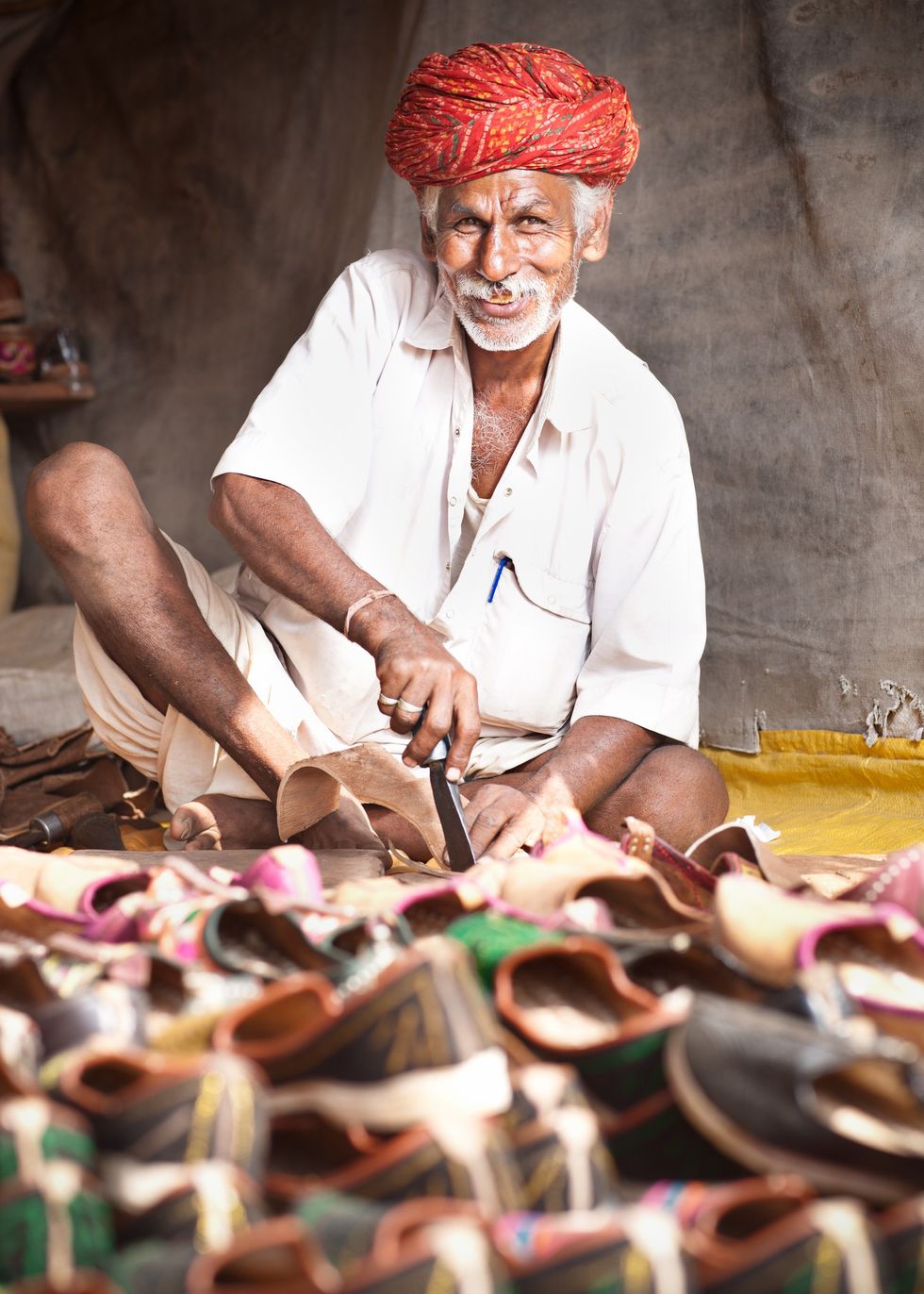 Kolhapuri chappals have been crafted for centuries and received GI tag in 2019 iStock
Kolhapuri chappals have been crafted for centuries and received GI tag in 2019 iStock 
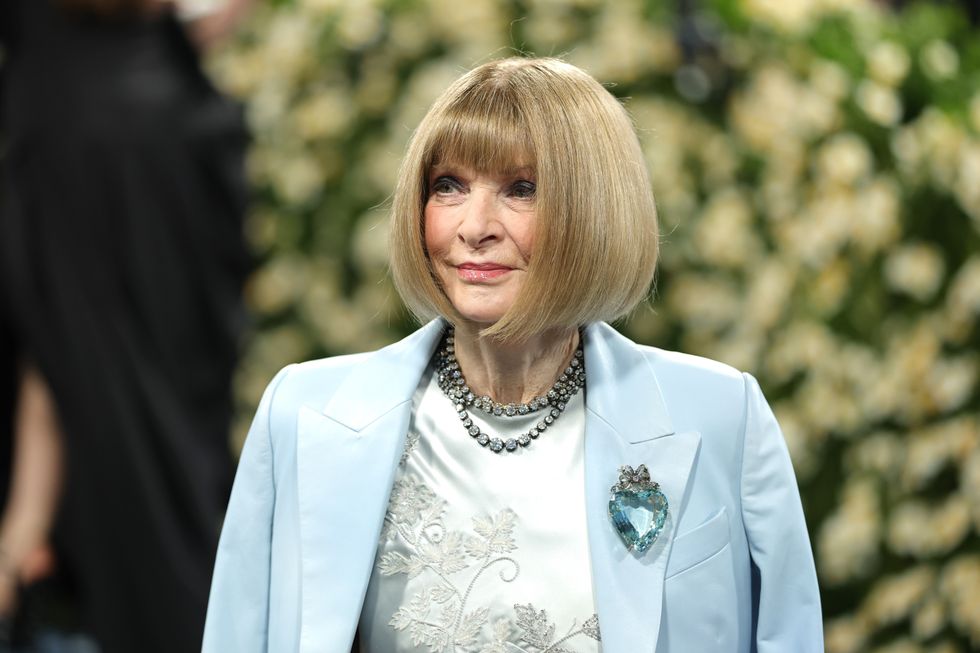 Wintour also became synonymous with the Met GalaGetty Images
Wintour also became synonymous with the Met GalaGetty Images